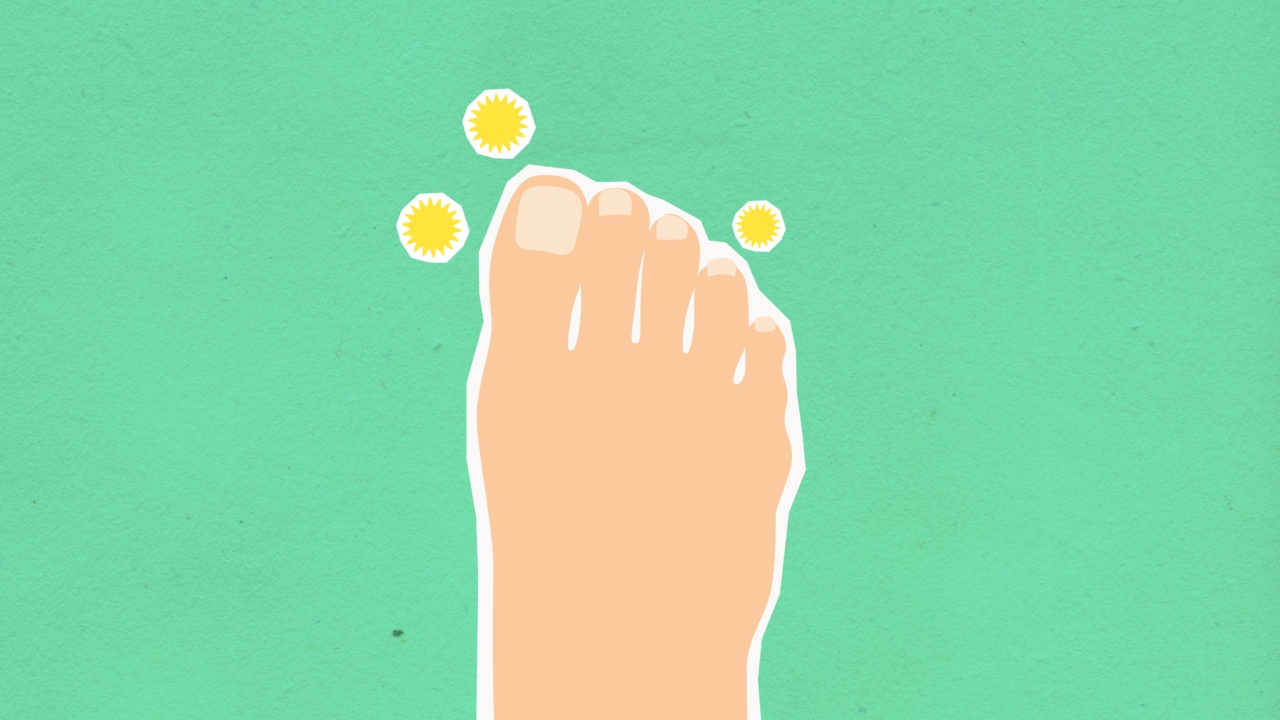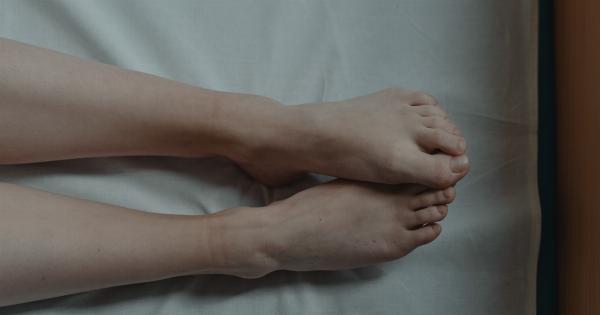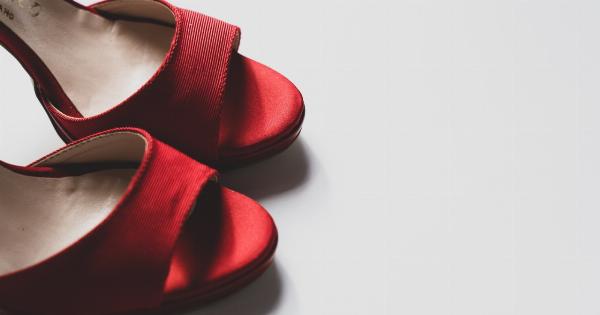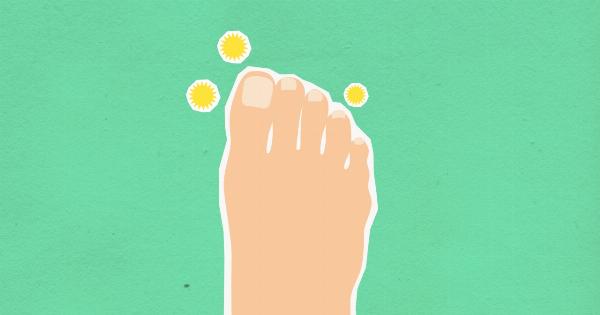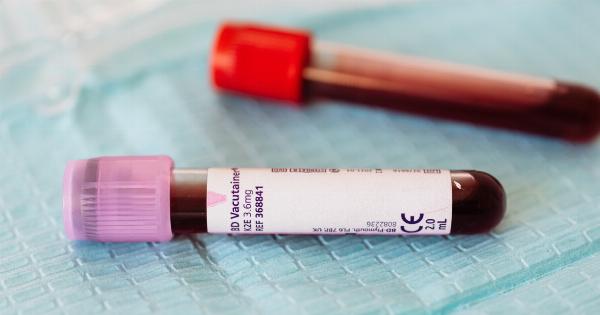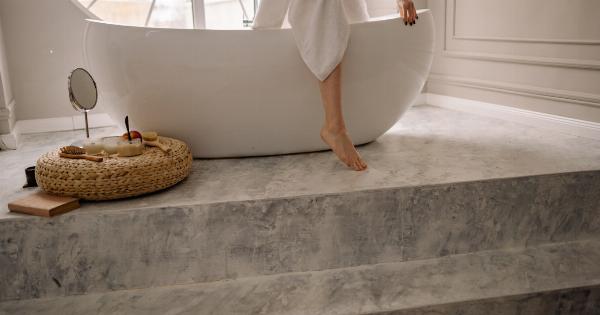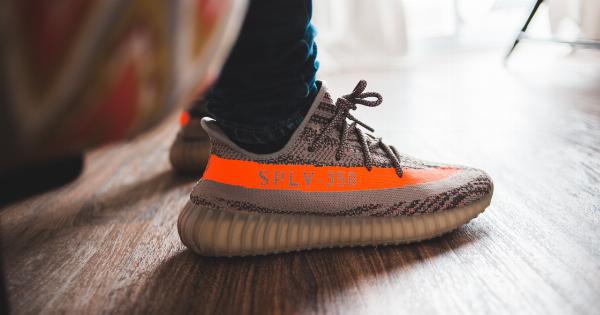During the hot summer months, many people experience the discomfort of sweaty feet. Not only can this be an unpleasant sensation, but it can also lead to the development of fungal infections.
Fungal infections thrive in warm and moist environments, making sweaty feet the perfect breeding ground. Fortunately, there are several tips you can follow to prevent both sweat and fungal infections. In this article, we will explore these tips and provide you with some helpful advice for keeping your feet cool, dry, and fungus-free.
1. Wear breathable footwear
The type of shoes you wear can greatly contribute to the sweat and moisture build-up in your feet. Opt for open-toe sandals or shoes made of breathable materials, such as leather or canvas.
These materials allow air to circulate around your feet, helping to prevent excessive sweating. Avoid shoes made of synthetic materials or those with rubber soles, as they tend to trap moisture and heat.
2. Choose moisture-wicking socks
When it comes to selecting socks, opt for moisture-wicking ones. These socks are specially designed to draw sweat away from your feet, keeping them dry and comfortable.
Avoid wearing socks made of cotton, as they tend to retain moisture instead of wicking it away. Instead, look for socks made of materials like bamboo or polyester, which are known for their moisture-wicking properties.
3. Practice good foot hygiene
Maintaining proper foot hygiene is essential for preventing sweaty feet and fungal infections. Wash your feet with mild soap and warm water every day, ensuring you clean between the toes as well.
Dry your feet thoroughly after washing, paying special attention to the areas between the toes. Moisture left behind can promote the growth of fungi.
4. Rotate your shoes
Wearing the same pair of shoes every day can contribute to sweaty feet and fungal infections. To allow your shoes to dry out completely, it is important to give them a break.
Try to alternate between at least two pairs of shoes, allowing each pair to air out and dry before wearing them again. This will help prevent the buildup of moisture and reduce the risk of fungal infections.
5. Use talcum powder or antiperspirant
To minimize sweat and control moisture, you can apply talcum powder or antiperspirant to your feet. These products help absorb moisture and keep your feet dry throughout the day.
Make sure to apply them after washing and drying your feet, focusing on the soles and areas that tend to sweat the most.
6. Give your feet a breather
Giving your feet the opportunity to breathe can help prevent excessive sweating. Whenever possible, go barefoot or wear open-toe sandals to allow air circulation around your feet.
This can help keep your feet cool and reduce the likelihood of sweat build-up. However, remember to avoid walking barefoot in public areas to protect your feet from fungal infections.
7. Avoid tight or ill-fitting footwear
Tight or ill-fitting footwear can lead to excessive sweating and discomfort. When choosing shoes, ensure they fit properly and provide enough space for your feet to breathe.
Tight shoes can create a constricted environment, causing your feet to sweat more. Additionally, shoes that don’t fit well can cause friction and lead to blisters or other skin irritations, which can increase the risk of fungal infections.
8. Never share footwear or socks
Sharing footwear or socks with others is an easy way to contract fungal infections. Fungi can easily transfer from one person’s feet to another, especially in warm and moist environments.
To protect yourself, always avoid sharing shoes or socks, even with close family members or friends. This simple precaution can significantly reduce the risk of developing fungal infections.
9. Keep your toenails trimmed
Long toenails can create an ideal environment for fungi to thrive. To prevent this, regularly trim your toenails to keep them short and clean.
This reduces the chances of dirt or sweat accumulating beneath the nails and reduces the risk of fungal infections. Remember to cut your nails straight across and avoid cutting them too short to prevent ingrown toenails.
10. Opt for breathable insoles
Insoles can help absorb moisture and provide additional comfort and support. Look for insoles made of breathable materials, such as cork or leather. These materials allow air circulation and can help keep your feet dry.
Avoid using insoles made of rubber or synthetic materials, as they can trap moisture and increase the risk of sweat and fungal infections.
Conclusion
Heat and humidity can lead to sweaty feet, which in turn can increase the risk of developing fungal infections. By following these preventive tips, you can keep your feet cool, dry, and fungus-free.
Remember to wear breathable footwear, choose moisture-wicking socks, practice good foot hygiene, rotate your shoes, use talcum powder or antiperspirant, give your feet a breather, avoid tight or ill-fitting footwear, never share footwear or socks, keep your toenails trimmed, and opt for breathable insoles. By incorporating these tips into your routine, you can enjoy a comfortable and fungus-free summer.
